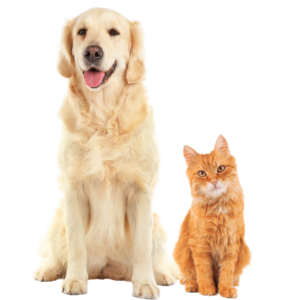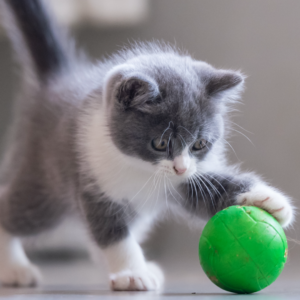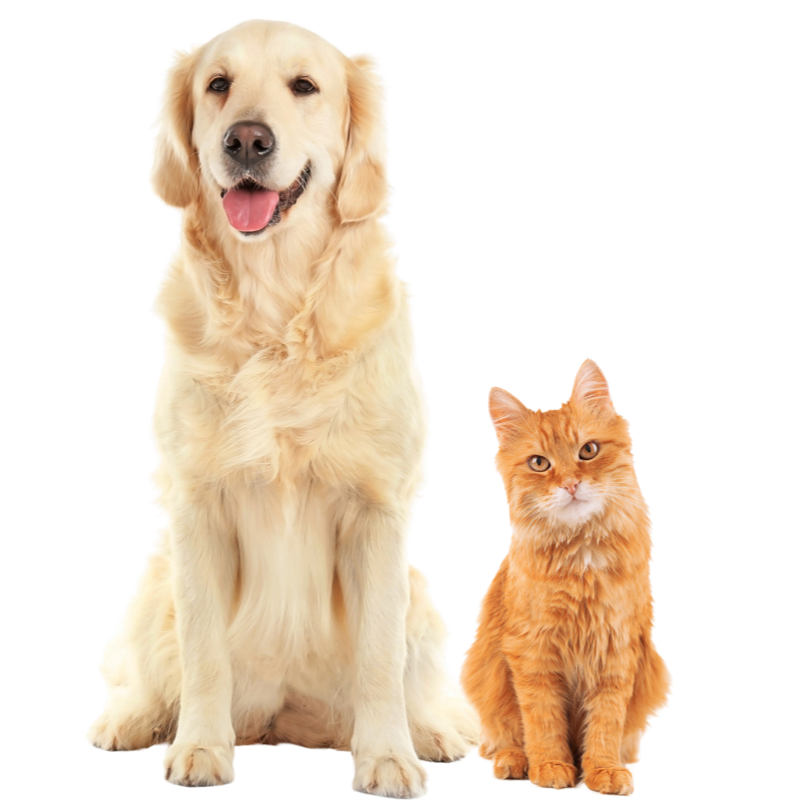A hernia is an opening in the muscle wall. In cats there are 2 common types of hernias, the inguinal (groin) hernia or umbilical (belly button) hernia.
The inguinal hernia occurs in the groin area, the abdominal contents can protrude through the inguinal canal where the opening in the muscle wall is. It can be complicated or uncomplicated depending on if the contents of the abdominal cavity have become entrapped in the opening.
- Symptoms of an uncomplicated inguinal hernia is a swelling in the groin area, on one or both sides, and possibly comes and goes
- Symptoms of a complicated inguinal hernia can include
- Swelling in the groin area on one or both side and can be painful and warm
- Vomiting
- Pain
- Frequent attempts to urinate
- Blood urine
- Decreased or lack or appetite
- And or depression
In either case they should be treated, the treatment is a surgical procedure to close the opening in the muscle wall and replacement of abdominal contents if necessary
The Umbilical hernia occurs when the muscle wall of the “belly button” opens and abdominal contents can protrude through. This hernia can also be complicated or uncomplicated depending on if the contents of the abdominal cavity have become entrapped in the opening.
- Symptoms of an uncomplicated umbilical hernia is a soft swelling in the umbilical area, and possibly comes and goes
- Symptoms of a complicated umbilical hernia can include
- Swelling in the umbilical area and can be painful and warm
- Vomiting
- Decreased or lack appetite
- And or depression
Some umbilical hernias do not require treatment and some will repair on their own usually by 6 months of age. Depending on the size of the hernia surgical correction may be required to close the opening of the muscles wall and replacement of abdominal contents if necessary



